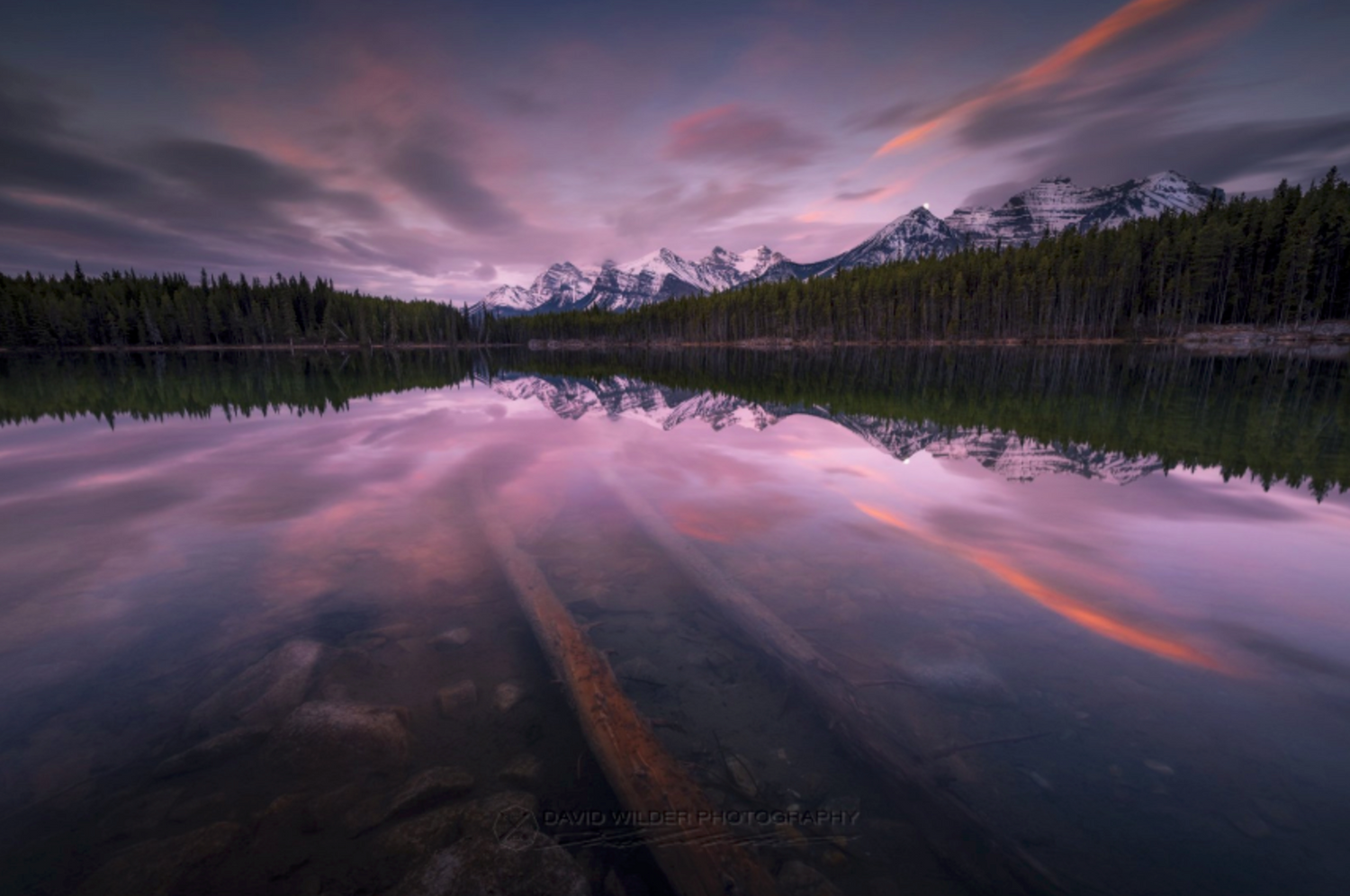Guest Blog by David Wilder
David Wilder is a nature photographer with color blindness. Learn how he uses EnChroma glasses to inform his work both on location and in post-production editing.

Growing up I never really understood what being color blind meant. I knew that I couldn’t see color the same way as all my friends and family, but it didn’t change anything in my life. I would buy the wrong color shirt from time to time but that was about it.
Being A Color Blind Photographer
As I started my career as a photographer, I also didn’t pay much attention to my color blindness because it was simply how I saw the world. Living like that long enough, you forget altogether that you are, in fact, color blind. There would be the odd time someone would comment about the colors in my early work, how the colors looked off, or the colors were often far too exaggerated. Those are the moments you realize that it is actually affecting your craft. Over the last decade I developed a workflow that produced more consistent results.
I began using tools like color sliders in Photoshop to identify the colors of my images. This had been my go-to move for years while editing. It’s harder to gauge when I’m in the field. I would often rely on observing the shift in light knowing that sunrise and sunset could correlate with oranges, reds, and pinks.. These little tricks would eventually help create my workflow both in the field and at the desk.

Life and Work with EnChroma Glasses
Since trying my EnChroma color blind glasses for the first time, I’ve been able to appreciate the beauty around me on an entirely new level. It’s springtime here in the Canadian Rockies and I finally get to see my home in its full glory for the first time.
In terms of my workflow, my EnChroma indoor glasses help me see the color quicker than before. I’m able to bring out more natural colors and tones in my images. I use the indoor glasses to ensure my edit to the color hasn’t taken a wrong turn. I keep the outdoor glasses in my camera bag as a tool. I throw them on early to see the shift in color so I get a jump on capturing the color in the clouds— and to have a reference for post-production editing later. However, and I think more importantly, I put them on to enjoy the moment.
David tries EnChroma glasses for the first time on his Iceland trip.
I See the World Differently
People often say to me, “you must wear them all the time.” They are usually surprised when I tell them I don’t. It’s not because they don’t work or because I don’t like them. I love them! The glasses have given me something I have longed to see my whole life. To finally experience color—to see the vibrancy of the world in which I work and live is a gift that continues to enrich my life. That said, I’ve spent my whole life seeing the world the way I do, and engaging in color blind photography has made me appreciate what I can’t see as much as what I can. Discovering the color in nature has been particularly eye-opening, and it has deepened my understanding of the world around me. I see the world differently and that has helped make me who I am today as a creator. I want to keep experiencing the world the way I do and be able to use these amazing glasses to savor the beautiful moments that happen in the blink of an eye.
Learn more about the different Types of Color Blindness.

David Wilder is an award-winning, Canadian, color blind photographer. David photographs incredible natural landscapes all over the world.
Follow him on Instagram at @dw_photo_ca or find him on his website at www.DavidWilder.ca
Share your story and join the #EnChroma community!




